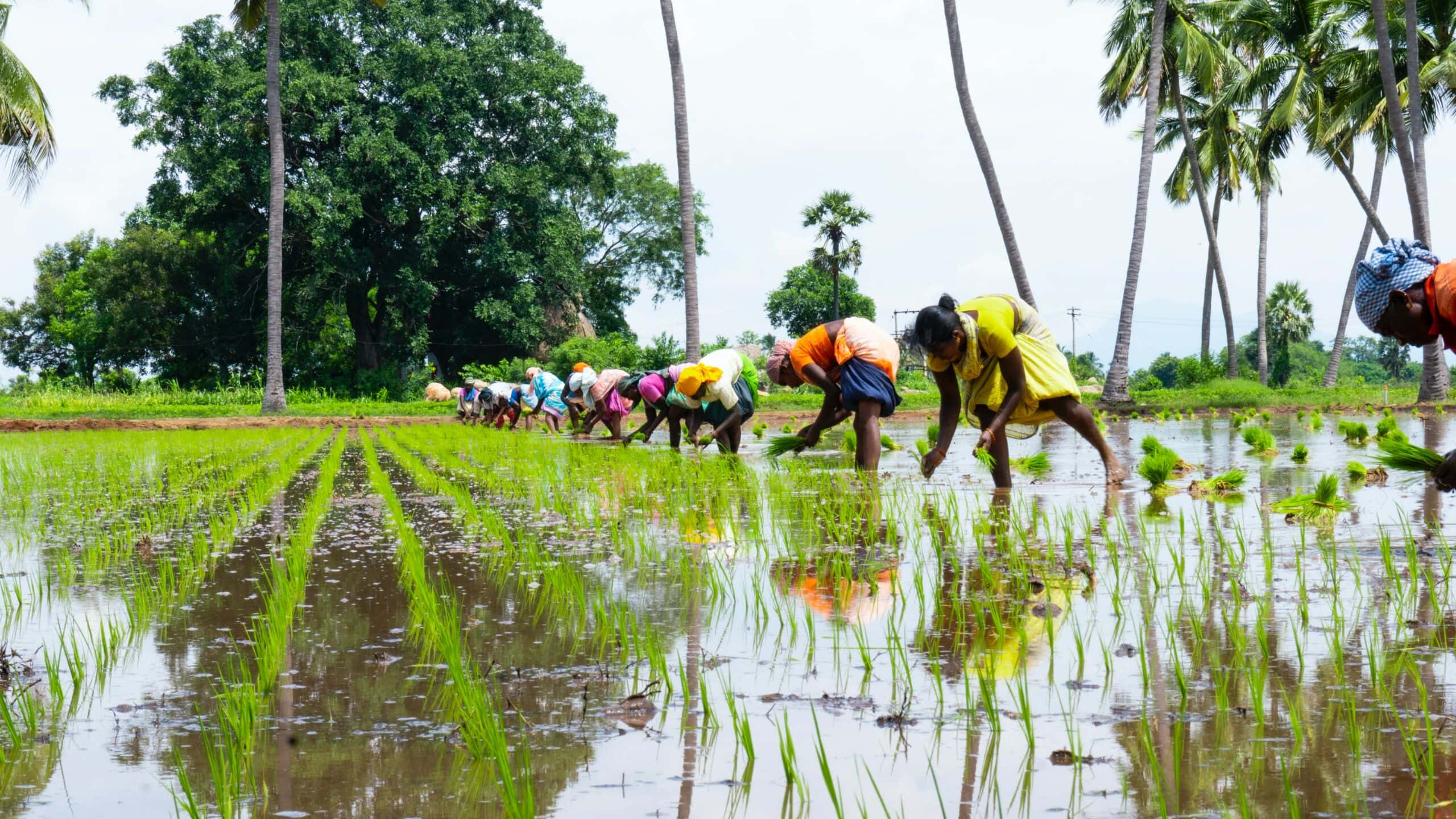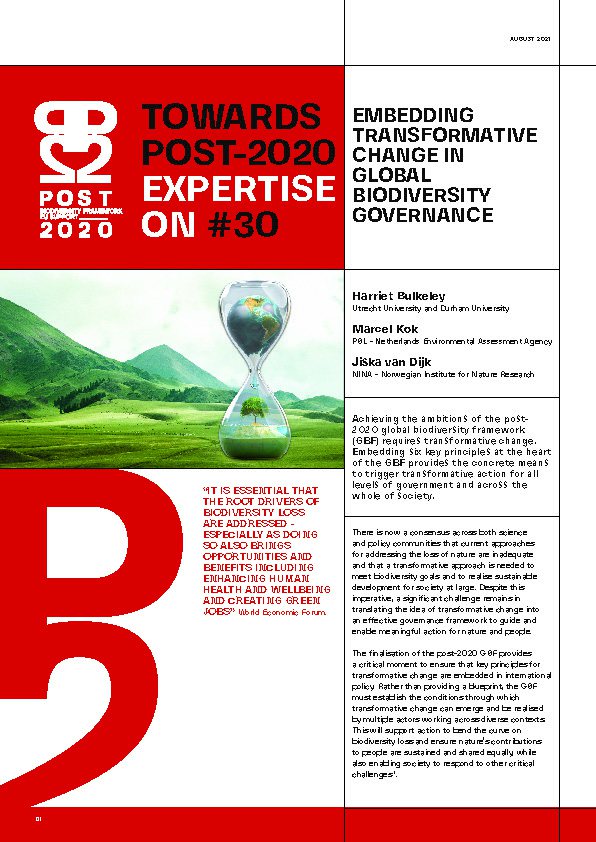What is
transformative Action?
Given the scale of both the climate and biodiversity crises, halting and reversing biodiversity loss will entail to fundamentally change our economies, policies, and mindsets. “Urgent and concerted efforts fostering transformative change” are needed.
The Biodiversity Plan (GBF) has reflected this in its 23 targets aimed at “reducing threats to biodiversity” while “meeting people’s needs through sustainable use and benefit-sharing” and asking for Parties to provide “tools and solutions for implementation and mainstreaming”.
According to the IPBES global assessment, transformative change means taking parallel roads to sustainable development and working together to change the way decisions are made and resources allocated to include all stakeholders in what the GBF text calls “transformative action by Governments, and subnational and local authorities, with the involvement of all of society”.






